The so-called European Age of Discovery is usually considered to have begun as adventurers from the Iberian Peninsular began to venture out into the Atlantic Ocean in the fifteenth century, reaching a high point when Bartolomeu Dias (c. 1450–1500) first rounded the southern tip of Africa in 1588 and Christopher Columbus (1541–1506) accidentally ran into the Americas trying to reach the Indies by sailing west. Those who made successful voyages, basically meaning returned alive, passed on any useful information they had garnered to future adventurers. It would be first at the end of the sixteenth century that the governments of the sea faring nations first began to establish central, national schools of navigation that accumulated such navigational and cartographical knowledge, processed it, and then taught it to new generations of navigators. Through out the sixteenth century individual experts were hired to teach these skills to individual groups setting out on new voyages of discovery.
In England this function was filled by Thomas Harriot (c. 1560–1621), who not alone taught navigation and cartography to Walter Raleigh’s sailors but also sailed with them to North America, making him that continent’s first scientist. John Dee (1527–c. 1608) supplied the same service to the seamen of the Muscovy Trading Company, although, unlike Harriot, he did not sail with them. Richard Hakluyt (1553–1616), a promotor of voyages of discovery, collected, collated, and published much information on all the foreign voyages but only passed this information on in manuscript to Raleigh.
In the 1580s Dee disappeared off to the continent, Harriot after returning from the Americas disappeared into the private service of Henry Percy, 9th Earl of Northumberland (1564–1632) and Hakluyt, a clergyman, after returning from government service in Paris, investigating the voyages of the continental nations, went into private service. In Paris, in 1584, Hakluyt noted that there was a lectureship for mathematics at the Collège Royal and wrote a letter to Sir Francis Walsingham (c. 1532–1590), the Queen’s principal secretary, the most powerful politician in England and a major supporter of voyages of discovery. In his letter, Hakluyt, urged Walsingham to establish a lectureship for mathematics at Oxford University for scholars to study the theory of navigation and the application of mathematics to its problem, and a public lectureship of navigation in London to educate seamen.
Walsingham undertook nothing and the demand grew loud for some form of public lectureship in mathematics to supply the necessary mathematics-based information in navigation and cartography to English seamen. In 1588, a private initiative was launched by Sir Thomas Smith (c. 1558–1625), Sir John Wolstenholme (1562–1639), and John Lumley, 1st Baron Lumley and Thomas Hood (1556–1620) was appointed Mathematicall Lecturer to the Citie of London.
Thomas Hood, baptised 23 June 1556, was the son of Thomas Hood a merchant tailor of London. He entered Merchant Taylors’ School in 1567 and matriculated at Trinity College Cambridge in 1573. He graduated BA c. 1578, was elected a fellow of Trinity and graduated MA in 1581. He was granted a licence to practice medicine by Cambridge University in 1585 and, as already mentioned, lecturer for mathematics in London in 1588. This appointment and his subsequent publications indicate that he was a competent mathematical practitioner but from whom he learnt his mathematics is not known.
Before turning to Hood’s lectureship and the associated publications, it is interesting to look at those who sponsored the lectureship. Thomas Smith was the son and grandson of haberdashers and like Hood attended Merchant Taylors School, entering in 1571.
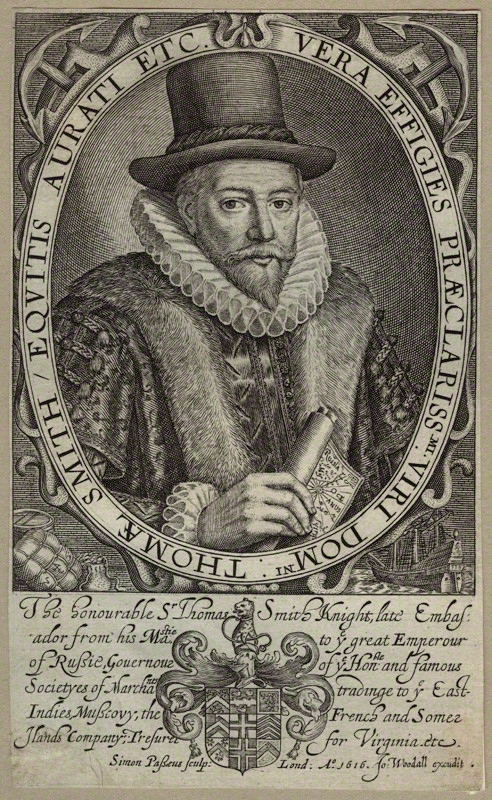
He entered the Worshipful Company of Haberdashers and the Worshipful Company of Skinners in 1580 and went on to have an impressive political career in the City of London, occupying a series of influential posts over the years. His father had founded the Levant Trading Company and Thomas was the first governor of the East India Company, when it was founded in 1600, but only held the post for four months having fallen into suspicion of being involved in the Essex Rebellion. He was reappointed governor in 1603 and with one break in 1606-7 remained in the post until 1621. Later, he was a subscriber to the Virginia Company, as was Hood, and obtained its royal charter in 1609 and became the new colony’s treasurer making him de facto non-resident governor until his resignation in 1620. His grandfather had founded the Muscovy Company and Smith also became involved in that. It’s easy to see why Smith was motivated to promote a lectureship in practical mathematics.
John Wolstenholme was cut from a very similar cloth to Smythe, son of another John Wolstenholme a customs’ official in London, he became a rich successful merchant at an early age.
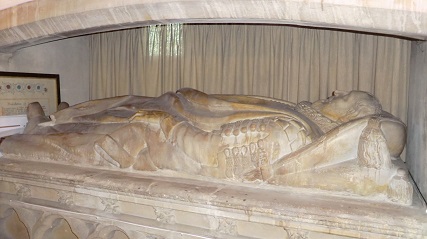
Like Smythe a founding member of both the East India and Virginia Companies, he was also a strong supporter of the attempts to find the North-West Passage. He fitted out several of the expeditions, Henry Hudson (c. 1556–disappeared 1511) named Cape Wolstenholme, the extreme northern most point of the province of Quebec after him. William Baffin (c. 1584–1622) named Wolstenholme Island in Baffin Bay after him.
John Lumley was slightly different to the two powerful merchants, a member of the landed gentry, he was an art collector and bibliophile.
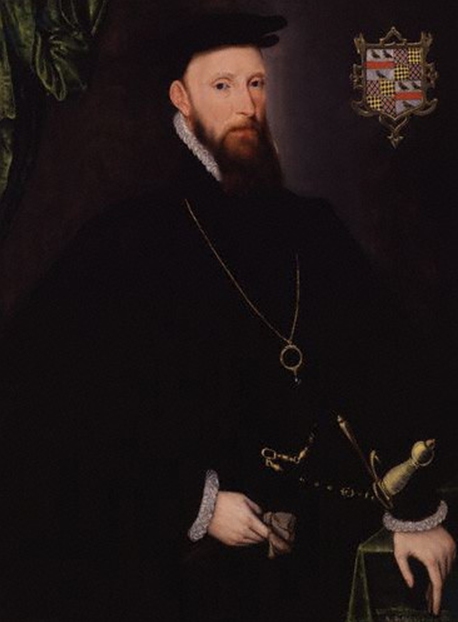
In the same year 1582, that the three founded Hood’s mathematical lectureship, Lumley founded with Richard Caldwell (1505?–1584), a physician, the Lumleian Lectures. Initially intended to be a weekly lecture course on anatomy and surgery they had been reduced to three lectures a year by 1616. They still exist as a yearly lecture on general medicine organised by the Royal College of Physicians.
The mathematical lectures finally came into being in 1588, following the threat of the Spanish Armada in that year. The original intended audience consisted of the captains of the city’s train bands or armed militia but also open to the ship’s captains, who rapidly became the main audience. The lectures were on geometry, astronomy, geography, hydrography, and the art of navigation. The lectures were originally held in the Staplers’ Chapel in Leadenhall Street but later moved to Smith’s private residence in Gracechurch Street, where he had held the inaugural lecture. In total Hood lectured for four years and later he attempted to obtain license to practice medicine in London from the Royal College of Physicians. This was denied him due to his inadequate knowledge of Galen. He was finally granted a conditional licence in 1597 and sometime after that he moved to Worcester, where he practiced medicine until his death in 1520.
His first publication was his inaugural lecture under the title, A COPIE OF THE SPEACHE: MADE by the Mathematicall Lecturer, unto the Worshipful Companye present. At the house of the Worshipfull M. Thomas Smith, dwelling in Gracious Street: the 4. of November, 1588. T. Hood. Imprinted at London by Edward Allde.
In this lecture he set out the reasons for the establishment of the lectureship and emphasised the importance of mathematics to people in all walks of life. He also sketched a history of mathematics from Adam down to his own times. The lectures were obviously successful, and he was urged to publish them, which he did to some extent.
His next major publication was The VSE OF THE CELESTIAL GLOBE IN PLANO; SET FOORTH IN TWO HEMISPHERES: WHEREIN ARE PLACED ALL THE MOST NOTa[ble] Starres of the heauen according to their longitude, latitude, magnitude, and constellation: Whereunto are annexed their names, both Latin Greeke, and Arabian or Chaldee; … (1590) They don’t write title like that anymore.
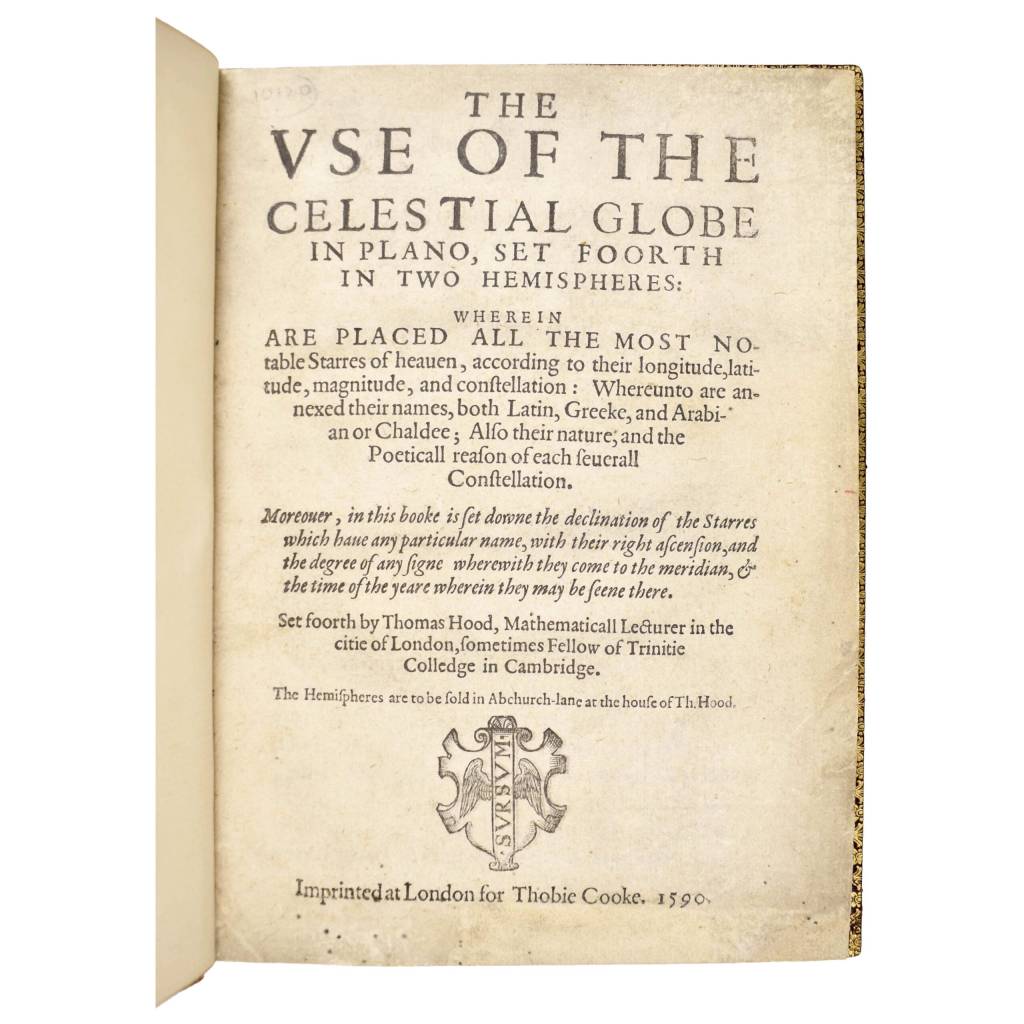
There is also an advert explaining that one can buy the hemispheres from the author at his address. He explains that he has presented the celestial spheres in plano in order to make it easier for seamen to read off the longitude and latitude of stars than it would be from a small globe. His beautifully coloured planispheres are the first printed planispheres in England. A seaman who bought Hood’s planispheres no longer needed to buy a celestial globe or planispheric astrolabe.
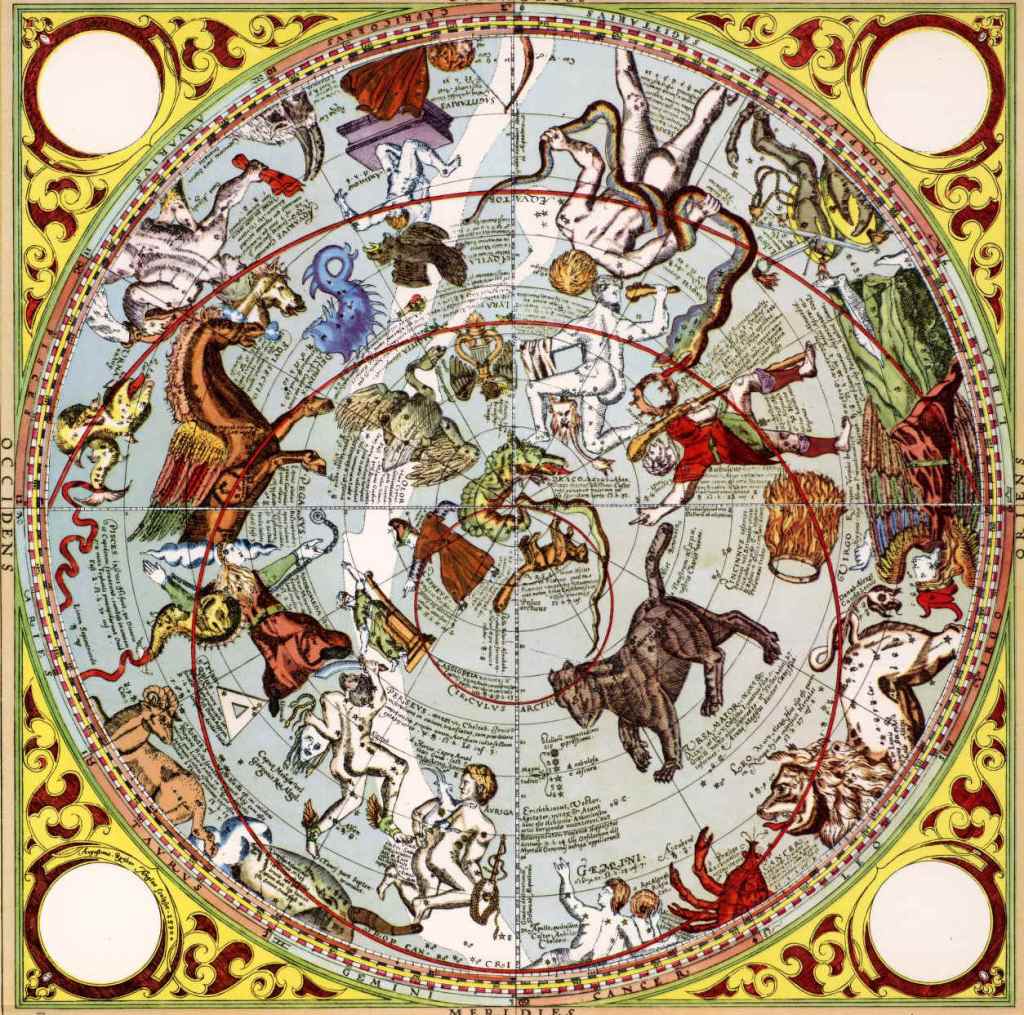
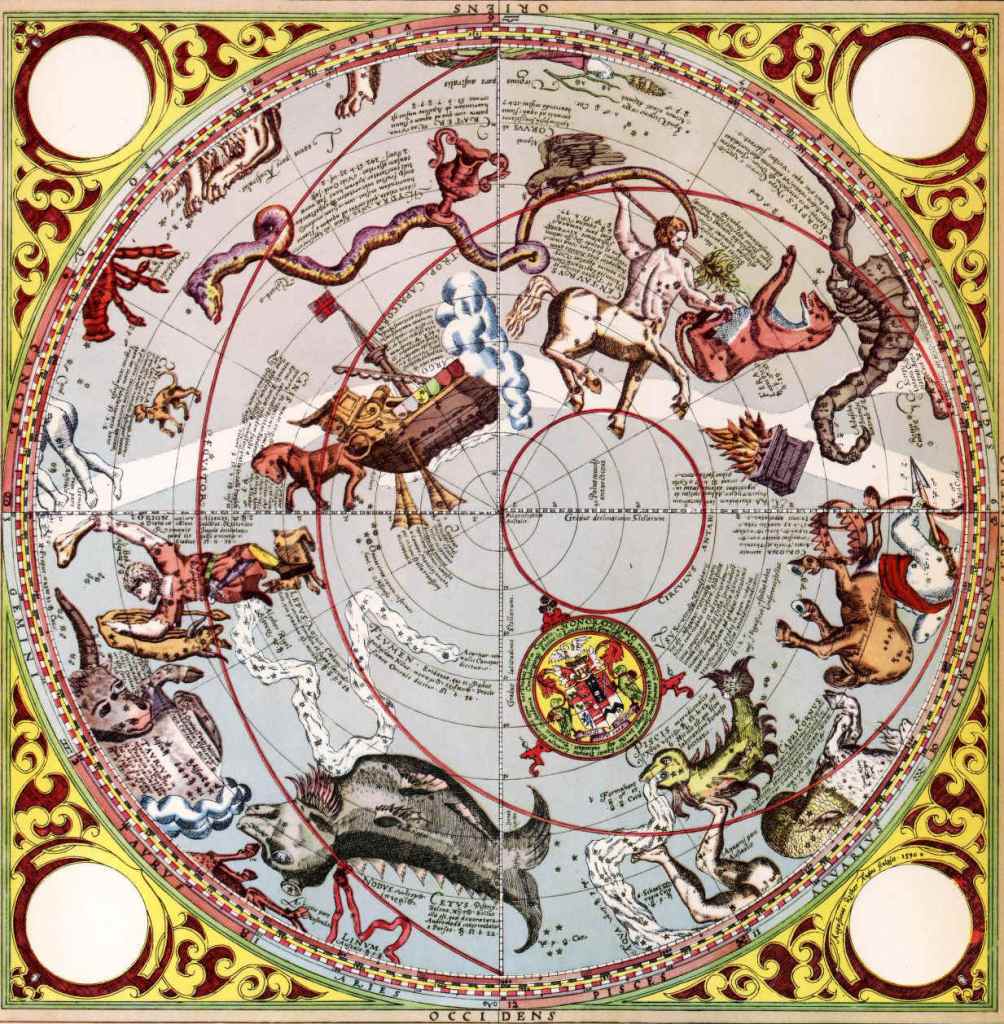
Before he published The Use of the Celestial Globe, he published a pamphlet on the use of a novel cross-staff that he had devised. Hood’s cross staff was a significant step towards the back staff, which eliminated the necessity of looking directly into the sun to take readings. This was so successful that he was urged to produce a similar pamphlet for the Jacobs Staff, and he obliged publishing two pamphlets in 1590, The vse of the two Mathematicall instrumentes, the crosse Staffe … and the Iacobes Staffe in two parts with separate titles. The pamphlets attracted the attention of the Lord Admiral, Lord Howard (1536–1624), who became his patron. Hood dedicated a second edition of the double pamphlet to Howard in 1596.
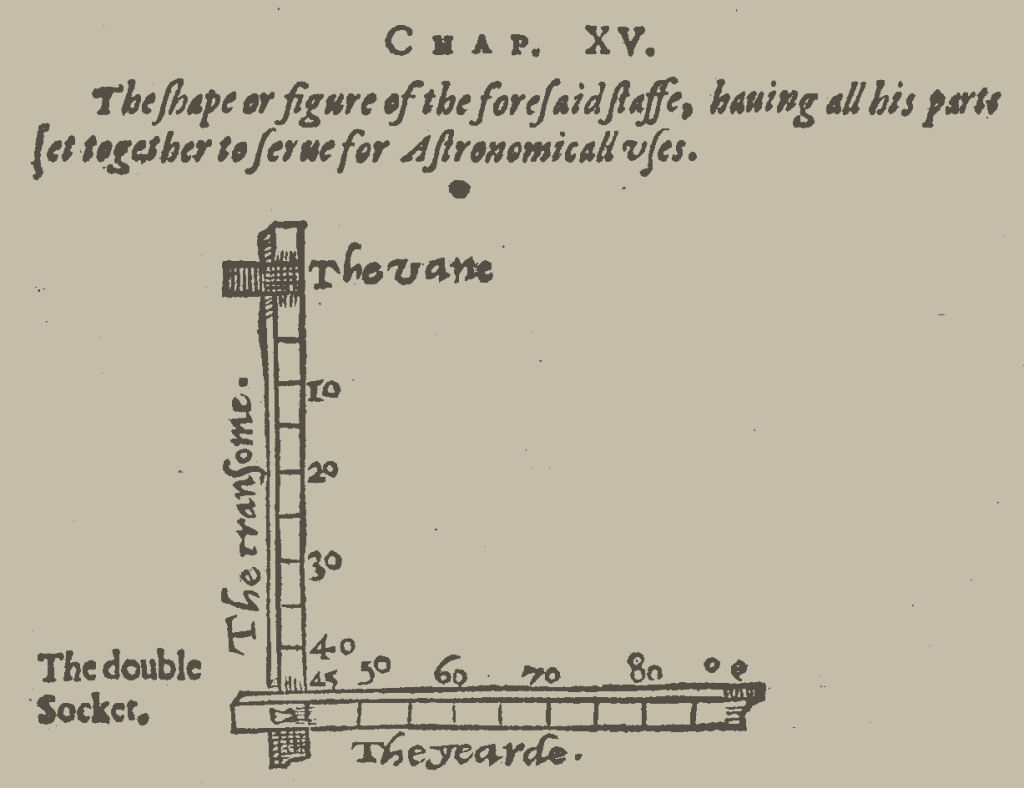
Hood’s finally publication of 1590 was a translation of The Geometry of Petrus Ramus, THE ELEMENTES OF GEOMETRIE: Written in Latin by that excellent Scholler, P. Ramus, Professor of the Mathematical Sciences in the Vuniverstie of Paris: And faithfully translated by Tho. Hood, Mathematicall Lecturer in the Citie of London. Knowledge hath no enemie but the ignorant.
Like many others in this period, Hood’s books were written in the form of dialogues between a master and a student, and he continued in this form with his next book on the use of globes in 1592. Serial production printed celestial and terrestrial globes had been in existence on the continent since Johannes Schöner (1477–1547) had produced the first pair in the second decade of the sixteenth century but none had been produced in England. Probably at the suggestion of John Davis (c. 1550–1605), a leading Elizabethan navigator, the London merchant William Sanderson (c. 1548–1638) commissioned and sponsored the instrument maker Emery Molyneux (died 1598) to produce the first English printed pair of globes, in the early 1590s. The globe gores were printed by the Flemish engraver Jodocus Hondius (1563–1612), at the time living in exile in London, who would go on to found one of the two largest publishing houses for maps and globes in Europe in the seventeenth century.
Sanderson request Hood to write a guide to the use of such globes and Hood complied publishing his THE VSE of both the Globes, Celestiall, and Terrestriall, most plainely deliuered in forme of a Dialogue. Containing most pleasant, and profitable conclusions for the Mariner, and generally for all those, that are addicted to these kinde of mathematicall instrumentes in 1592.
In the same year Hood edited a new edition of the popular navigation manual A Regiment for the Sea by William Bourne (c. 1535–1582) which was originally published in 1574. Hood edition would be printed in two further editions.
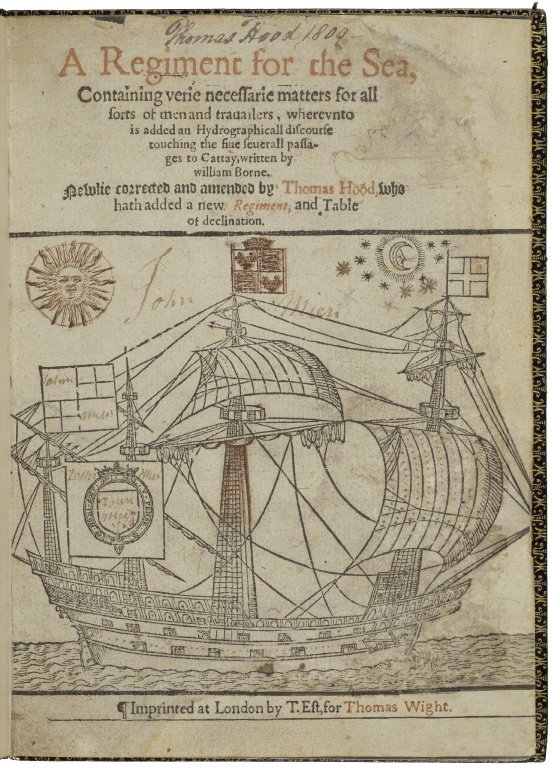
In 1598 Hood published his The Making and Use of the Geometricall Instrument called a sector, the first printed account of this versatile instrument, which almost certainly informed the much more extensive account of the sector by Edmund Gunter (1581–1626) published in 1624.
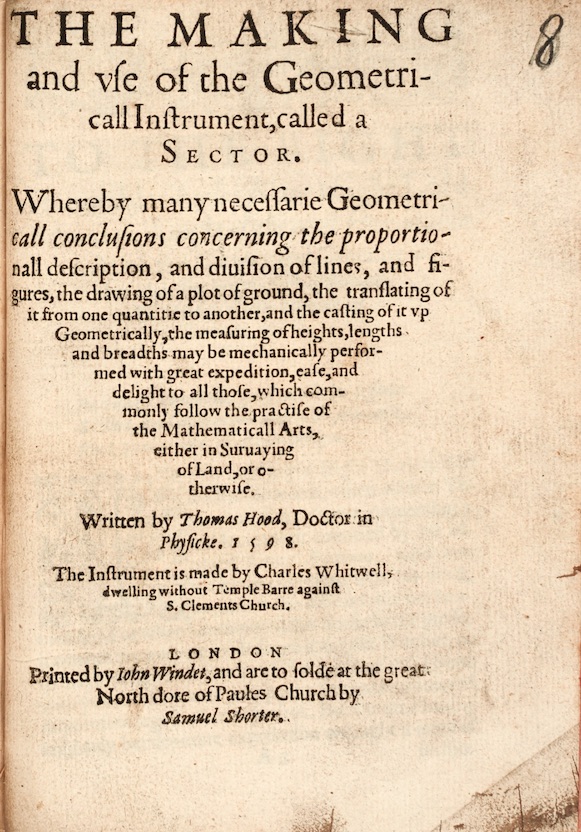
 would be used to line up the hinged rulers (right) with the object being observed. The position of the star was recorded as an angle from the vertical or horizontal, as read from the curved area (left). Artwork from ‘The making and use of the geometricall instrument, called a sector’ (1598) by Thomas Hood.</p>
<p> ” data-medium-file=”https://wolfscientific.com/wp-content/uploads/2023/02/mathematicall-lecturer-to-the-citie-of-london-36.jpg?w=234″ data-large-file=”https://wolfscientific.com/wp-content/uploads/2023/02/mathematicall-lecturer-to-the-citie-of-london-36.jpg?w=500″ src=”https://wolfscientific.com/wp-content/uploads/2023/02/mathematicall-lecturer-to-the-citie-of-london-8.jpg” alt class=”wp-image-10274″ srcset=”https://wolfscientific.com/wp-content/uploads/2023/02/mathematicall-lecturer-to-the-citie-of-london-36.jpg 624w, https://wolfscientific.com/wp-content/uploads/2023/02/mathematicall-lecturer-to-the-citie-of-london-36.jpg?w=117 117w, https://wolfscientific.com/wp-content/uploads/2023/02/mathematicall-lecturer-to-the-citie-of-london-36.jpg?w=234 234w” sizes=”(max-width: 624px) 100vw, 624px”></a><figcaption class=) Astronomical sector, 16th-century artwork. This device was used to make accurate observations of the position of an object in the sky, such as a star or the Sun. The sight (lower left) would be used to line up the hinged rulers (right) with the object being observed. The position of the star was recorded as an angle from the vertical or horizontal, as read from the curved area (left). Artwork from ‘The making and use of the geometricall instrument, called a sector’ (1598) by Thomas Hood.
Astronomical sector, 16th-century artwork. This device was used to make accurate observations of the position of an object in the sky, such as a star or the Sun. The sight (lower left) would be used to line up the hinged rulers (right) with the object being observed. The position of the star was recorded as an angle from the vertical or horizontal, as read from the curved area (left). Artwork from ‘The making and use of the geometricall instrument, called a sector’ (1598) by Thomas Hood.Hood’s most peculiar publication was an English translation of the Elementa arithmeticae, logicis legibus deducta in usum Academiae Basiliensis. Opera et studio Christiani Urstisii originally published in 1579. Christiani Urstisii was the relatively obscure Swiss mathematician, theologian, and historian Christian Wurstisen (1544–1588).
Why Hood stopped his lectures after four years in nor clear, he seems to have been both popular and successful and later Smith and Wolstenholme would later employ Edward Wright (1561–1615), who we will meet again in the next post in this series, through the East India Company in the same role. However, after he ceased lecturing Hood continued to sell instruments and his hemisphere charts. Hood’s lectureship was an important step towards the professional teaching of navigation to mariners in England at the end of the sixteenth century.